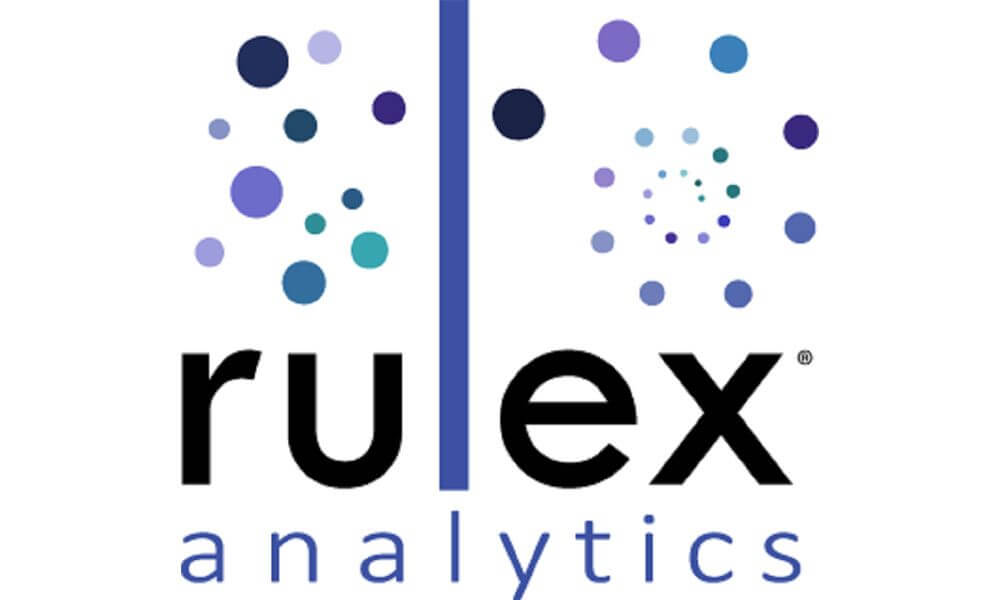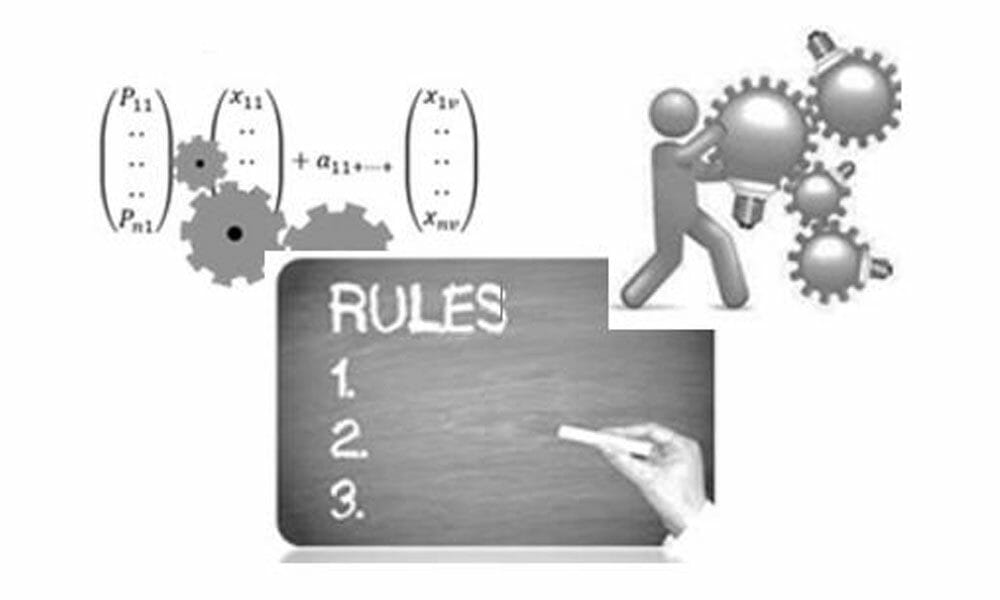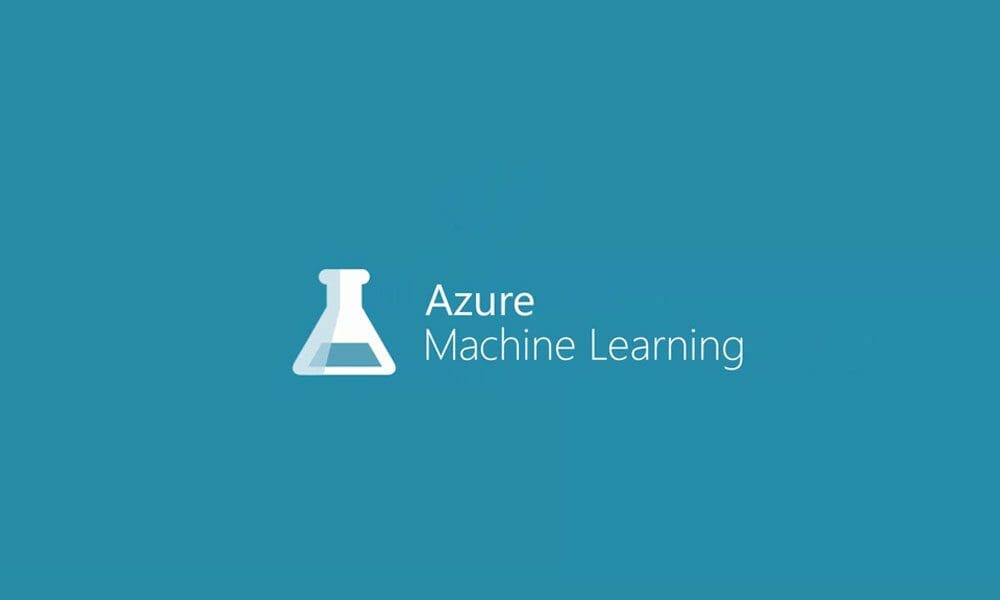Predictive Analytics
How to develop a Data-driven corporate culture
In the last few years, many companies have already adopted or have begun to approach various Analytics solutions, which allows to gain insights for operational, strategic, and tactical decisions, aiming to have a crucial advantage on their competitors. Infrastructures as Data Warehouses and Data Lakes allow to exploit a company’s data assets, making them accessible to both Business Analysts and
Predictive Analytics: 6 steps for a successful implementation
In the last few years, we have seen the rapid surge of Analytics instruments, adopted by companies worldwide for extracting value from data to boost sales and net profits. In this context, a particular kind of analytics, Predictive Analytics, emerged with the purpose of giving a precise estimate of the future by employing different mathematical and statistical techniques. By the
Why Databricks Delta represents the best option for your Data Lake
In a previous article, we presented the Data Lake, a repository for structured and unstructured data, which represents the state-of-the-art architecture for Data Analytics thanks to its flexibility, agility and performance. This kind of solution, despite being the best choice if you need to store data in different formats and to conduct Advanced Analytics such as clustering or classification tasks,
Natural Language Processing: a trend for the future of AI
According to Wikipedia, Natural Language Processing (NLP) is a subfield of linguistics, computer science, and artificial intelligence concerned with the interactions between computers and human language, in particular how to program computers to process and analyze large amounts of “natural language” data. In other words, NLP is a technique used to enable computers to process human language. In the history
Artificial Intelligence: the Future of Financial Industry
For years now, Machine Learning models and algorithms have been adopted by major financial institutions all over the world and could potentially disrupt the entire financial industry in the near future. According to a recent survey of the MIT Sloan Management Review, conducted on over 2500 firms worldwide[1], 84% of the surveyed companies stated that AI implementation in their processes,
Data Mining Methodology
We adopt an Aglie methodology for the carrying out of data mining projects based on the CRISP-DM model. CRISP-DM, which stands for “Cross Industry Standard Process for Data Mining” is a proven method for the construction of a data mining model. The methodology’s assumption is the willingness to make the process of data mining reliable and usable by people with
Partnership with Rulex
From predictive analytics to prescriptive analytics
In the article “From business intelligence to predictive analytics systems” we talked of the evolution of the data analysis processes, describing an evolutionary path that led from performing simple queries on relational tables to business intelligence (BI) systems and from the latter to the use of predictive analytics. In this article we will instead discuss a further step towards innovative
New modules in Azure Machine Learning
Some new modules have recently been introduced in Azure Machine Learning, thus extending its features.
Clustering Techniques
Clustering is a set of methods to group objects into homogeneous classes. A cluster is a set of objects that have similarities among them and that have dissimilarities with objects in other clusters.












